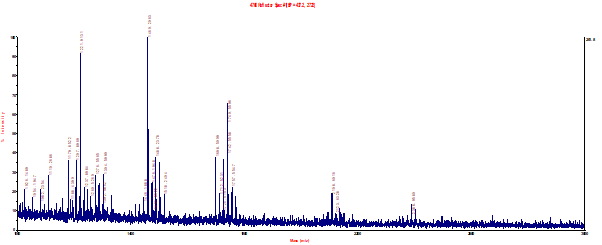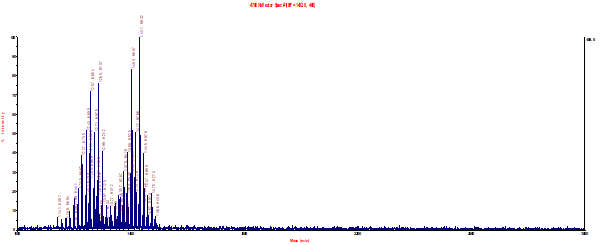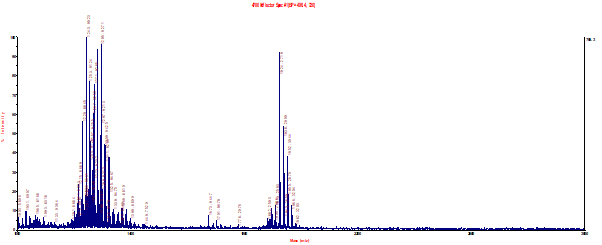Easy to implement control methodology for improved grade and recovery
Proposed use
This invention demonstrates a technique to detect and discriminate mycobacteria using intact cell lipidomics. This is a method for detecting bacterial membranes on intact bacteria using routine MALDI mass spectrometry, without requiring lengthy purification and extraction of membrane species-specific lipids. A potential use case would be identifying a subject suitable for receiving a lung transplant prior to cardiothoracic surgery, or rapid detection of any mycobacterial infection. This technology could be also vital to determine bacteria within the Mycobacterium tuberculosis complex which is not achieved currently and providing tailored drug regimen.
Problem addressed
Rapid and accurate identification of bacterial pathogens is key not only to determine the cause infection but also to inform the appropriate drug regimen to prescribe. A test that can address this in a simple and ready-to-use assay will be a game changer in clinical diagnostics and in tackling AMR.
Technology overview
The inventors’ goal is to develop a mass spectrometry-based method of detecting strain-specific bacterial membranes on intact bacteria, without the need for lengthy purification and extraction of membrane lipids using routine MALDI mass spectrometer.
‘Lipid fingerprints’ for particular bacterial species have been identified by the inventors, and these can be matched to peak sets in the mass spectrum output as a means of identification with very limited sample preparation. This is crucial and particularly advantageous, given the pathogenicity of mycobacterial infections and the clinical need to identify such infections at a sub-species level – such as for example lung transplant patients or those who have undergone cardiothoracic surgery or detecting Tuberculosis.
Benefits
- Ability to identify mycobacterial infection in a patient or on operating equipment is essential due to the pathogenicity of mycobacterial and the severe consequences of infection
- Ability to discriminate Mycobacterium tuberculosis from Mycobacterium bovis
- Rapid, mass-spectrometry detection method that does not require lengthy purification and extraction of membrane lipids (time-to-results less than 30 mins)
- Enables quicker critical decisions on life-saving interventions – particularly valuable in time-constrained surgery such as organ transplantation
Results
Embodiments of the invention were demonstrated by various examples (more in the patent document) in figures showing positive ion MALDI-ToF MS spectra (typically across the spectrum of m/z 1000-2600) displaying a peak set (e.g. lipid fingerprint) identifiable in a sample of a subject which is not suitable for receiving a lung transplant and/or open heart surgery.

Figure A shows a mass spectrum, output having peaks of a second peak set (indicative for M. tuberculosis ATCC, H37Rv).

Figure B shows a mass spectrum output having peaks of a first peak set (indicative for M. abscessus).

Figure C shows a mass spectrum output having peaks of a third peak set (indicative for M. avium).



